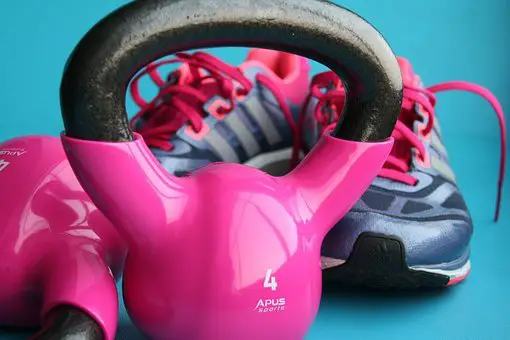
There is a lot of debate surrounding the topic of whether or not cross-training shoes are suitable for walking. Some people say that they are great for walking, while others claim that they are not ideal and can actually be harmful.
Cross-training shoes, also known as gym or workout shoes are a mix of different types of exercise footwear. The term “cross-training” refers to doing various exercise activities from different sports.
Initially, to cross-train meant an athlete would exercise in a sport or activity different from the one they did. A good example is running. Every cross-trainer enthusiast runs as part of training. If your sport is basketball or cricket, then running would be cross-training for you.
Nowadays, cross-training shoes are a type of footwear that bears many unique features. They may have heel cushioning similar to a running shoe, a volleyball shoe, and cushioning of a basketball sneaker.
So, which is it? Are cross-training shoes good for walking or not? In this blog post, we will explore both sides of the argument and try to come to a conclusion. Stay tuned!
Are Cross-Training Shoes Good For Walking?
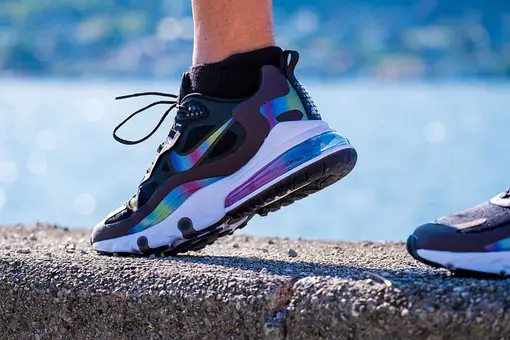
Well, it is a great question. You must know that to achieve a great workout, you need good shoes. By reading this article, you will find a clear concept about the main differences between a cross-training shoe and a walking shoe.
Definitions: Cross-Training Shoes and Walking Shoes
Walking Shoes

Walking is a simple exercise as it can be done everywhere without any workout equipment. When you walk, you impact the ground 1.5 times than your body weight. Your feet distribute the bodyweight with your steps. For this reason, the design of a walking shoe is different from that of a cross-training shoe.
A walking shoe provides more breathability and high-heel support. The cushioning feels more comfortable. Walking shoes are extra light in weight and will give you the proper support and flexibility. The inner breathable feature of a walking shoe allows for a long time in easier paces.
Furthermore, walking shoes have a thicker sole than regular shoes, making them more comfortable and supportive when walking long distances. They also typically have a wider toe box to allow your toes to spread out and move more freely.
Training Shoes
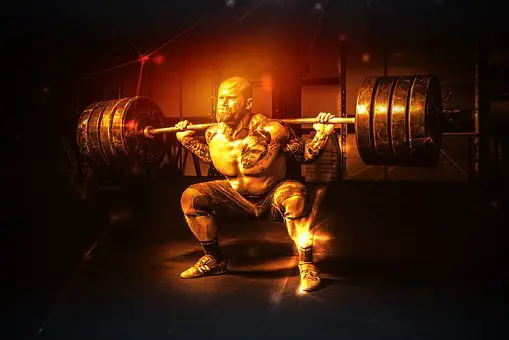
Training shoes, on the other hand, are made to support a compound set of physical workouts. These are versatile shoes that are specially designed to support all kinds of weight.
In addition, cross-training shoes typically have a more cushioned sole than walking shoes, which makes them more comfortable for long walks. They also typically have a narrower toe box, which can be uncomfortable for people who need to spread their toes.
A training shoe is also designed in ways that do not slip while changing workouts. As it is an all-in-all shoe, it weighs heavier than a walking shoe.
Having strong and flexible muscles can also boost your strength and fitness in general. Are you experiencing back pain or weak pelvic muscles? Start working out with the Best Gym Equipment for Core Strength to help you stay in shape in 2021.
What Is the Difference Between Cross-Training Shoes and Walking Shoes?

Walking shoes are designed for walking purposes only. However, training shoes are made for multi-purposes. You can walk in walking shoes, but you cannot do your entire heavy workout with only walking shoes.
Speaking of durability, cross-training shoes are more durable than walking shoes. For heavy workouts, durability is a top feature. The heel area of a walking shoe has a cushioning system. However, cross-training shoes have an extra cushioning system in them to withstand any pressure doing a workout.
Training shoes have soles that are designed in a way that absorbs shocks from every impact/heavy strength training. The soles of walking shoes do not have much shock-absorbing ability. That is the reason why training shoe soles are thicker than walking shoe soles.
Walking shoes are made with a premium arch support feature. When you are walking, you will feel much pressure in the arch area.
We recommend the Arteesol aerobic step platform for anyone who wants a quick cardio fix. You will be getting a heart-rate boosting workout, toned legs, and flexible muscles.
Another difference is that training shoes give the best ankle support. For heavy cross-fit workouts and quick movements, you will need ankle support. Otherwise, you will be getting injuries on your feet.
| Walking Shoes | Cross-Training Shoes |
| Solely designed for walking | Multi-purpose |
| Not durable | Durable due to extra cushioning |
| Less shock-absorbing soles | Soles designed to absorb shock during impact training |
| Lacks ankle support | Offers best ankle support |
| Lighter | Heavier to prevent slipping |
| Wider toe box | Narrower toe box |
We hope the differences are clear to you now. In addition, knowing your foot type is critical to finding the right fitness shoe to make every step count!
Which Foot Type Are You?
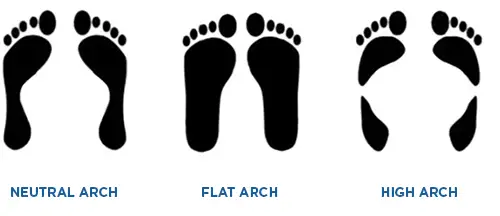
There are three types of foot. Let us start with the most common types.
- Neutral Arch Feet
These feet roll inwardly. A neutral arch foot is a foot that has average or normal arches. When weight bearing, the arch of the foot will flatten out. This is a normal and healthy type of arch. A neutral arch foot typically requires shoes with cushioning and flexibility, such as cross-training shoes.
- Flat Arch Foot
A flat arch foot is a foot that has low or no arches. When weight bearing, the arch of the foot will collapse, and the entire sole of the foot will come into contact with the ground. This is a less healthy type of arch and can often lead to pain in the feet and ankles. A flat arch foot typically requires shoes with more stability and support, such as walking shoes.
- High-Arch Foot
A high arch foot is a foot that has high arches. When weight bearing, the arch of the foot will not flatten out, and only the balls of the feet will come into contact with the ground. This is a less healthy type of arch and can often lead to pain in the feet and ankles.
A high arch foot typically requires shoes with more cushioning and flexibility, such as cross-training shoes. If you have high-arch feet, it is advisable to purchase models that have inner padding for shock absorption.
Things to Consider When Choosing a Training Shoe
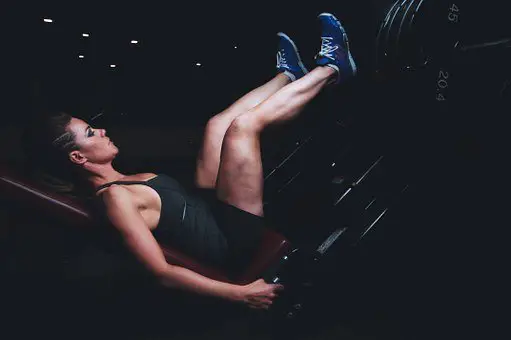
- Comfortable Inner Soles
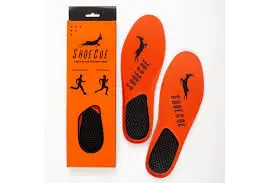
One of the top-tier features to look out for in a workout shoe is maximum cushioning. Comfort when walking is one of the main reasons many fitness enthusiasts ditch out their old fitness shoes.
Not to mention the inner construction features that protect from any slight injury or accident. In most cases, the soles of exercise shoes are firmer and stronger than regular shoes. This is one great spec to have in any compound workout gear or exercise equipment.
- Outsole (Sturdy Construction)
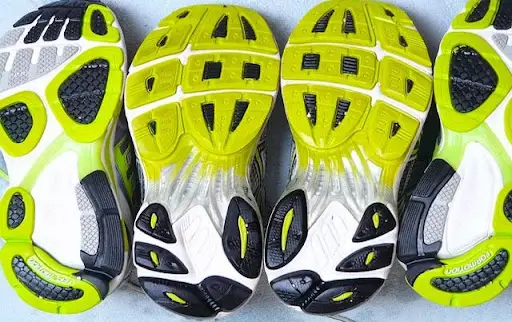
A second top feature we can agree on is the outer construction. Apart from having comfortable inner soles, it is crucial to have a workout shoe that can resist weight and does not easily wear out.
The start point is a firm base. A cross-training shoe that can fit both cardio and strength training should have a strong ergonomic design.
- Midsole Material
Another noticeable feature a fitness shoe should have is quality premium mid-sole materials. You do not want to have a workout shoe that will not meet all your fitness needs. The type of materials used in construction will determine its price and longevity.
A quality workout shoe should provide more grip for skip roping, mountain climbing, and tread-milling exercises.
Here is a detailed YouTube video highlighting features to look for when searching for a training shoe.
When purchasing your first pair of cross-trainers, you should keep the following in mind:
- Your arch type. As we explained earlier, different arch types require different types of shoes. Make sure to purchase cross-trainers that are appropriate for your arch type.
- The level of cushioning and support that you need. Cross-trainers provide more cushioning than walking shoes but less support.
- The durability of cross-training sneakers. If you are looking for cross-trainers that will last a long time, you should look for well-made cross-trainers made with high-quality materials. This means the cross-trainers will be more durable and can withstand extended use.
- The width of cross-trainers. Cross-trainers are available in a variety of widths, which will be suitable for different types of feet. You should make sure to purchase cross-trainers that are appropriate for your foot width.
Purchasing cross-training shoes is very simple and straightforward. You can either go to your local sporting goods store or purchase cross trainers online. When purchasing cross trainers online, be sure to read the product description carefully to make sure you are getting the right shoes for your needs.
How do I know if I need to purchase a pair of cross-training shoes?
If you are unsure whether or not you need to purchase cross-training shoes, ask yourself the following questions:
- Do I experience pain in my feet or ankles when I walk?
- Do I need more cushioning and support than what is provided by my current walking shoes?
- Do my current shoes wear out quickly, especially in the heel and ball areas?
- Do my current shoes feel too stiff or inflexible for my liking?
If you answered yes to any of these questions, you likely need to purchase a pair of cross-training sneakers.
Things to Consider When Choosing a Walking Shoe

- Level of Fitness
Not to sound cliché’ but one of the key features in walking shoe selection is how fit they make you feel. A walking shoe should not be too big or too small. Your ideal walking shoe should absorb any force between your feet and the ground.
The main question is, how much stability do you need? Picture landing on a pillow – that is how a walking shoe should feel.
- Prevent Foot Injury
In the fitness world, the upside of having quality-walking shoes is to reduce the mechanical forces on the foot, therefore reducing injury risk.
According to a study from the American College of Sports Medicine, a training shoe is the easiest way to avoid injuries and help improve your workouts.
How Should You Care for Your New Pairs of Cross-Training Sneakers?
To ensure that your cross-training sneakers last as long as possible, we recommend the following: –
- Wash them regularly (preferably after every use) with cold water and a mild detergent.
- Dry them in a shady area, away from direct sunlight or heat sources.
- Do not dry them on a clothesline, as this will cause the fabric to fade and weaken.
- Do not dry clean them, as this can strip away any of the materials that protect your cross-trainers from water damage.
- Store them in a cool, dry place when you are not using them. This will prevent dirt and moisture from building up inside the shoes.
Frequently Asked Questions
Do I need cross-training shoes?
Yes. You need workout shoes if you plan to lift any heavy workout equipment or protect your feet from injuries. They are also appropriate in winter
What are cross-training shoes for?
Cross-training shoes are shoes worn to give support for a range of movements, including jumping, squatting. They are suitable for many types of workouts and make training versatile.
How long do cross-training shoes last?
A cross-training shoe can last between 6 months and 2 years. If you train regularly and wear your training shoes for various workouts, then you should always upgrade
Where to buy cross-training shoes?
Find quality cross-training shoes online from Amazon or EBay. Make sure the brand /model has good reviews and only purchase from trusted brands.
Should trainers be tight or loose?
Your cross-training shoes should be fit. You may end up with feet blisters if they are too tight. Too loose will also make your feet slip (which you want to avoid). That is why it is important to know your foot type before purchasing a training shoe.
Key Takeaway
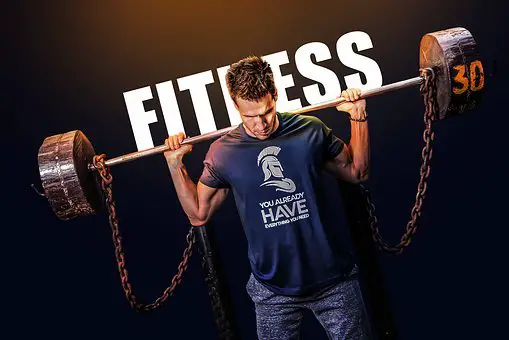
Cross-training shoes are a must-have. There are many brands, models, and designs to choose from. However, if you want to take your strength training and other compound exercises to the next level, you should get workout shoes designed to support heavy weight training and home exercises.
Hence, when searching for a fitness shoe, it will be a bonus if you choose a versatile pair and can allow you to train on the Dynamax treadmill.
So, are cross-training shoes suitable for walking? The answer is no. They are inappropriate for walking as they are heavier and cannot give you the proper support. Walking with a training shoe will not give you the flexibility.
Again, walking shoes are lightweight and have flexible features. The downside is that they cannot perform heavy workouts.
Cross-training shoes are on the rise and designed for intense workouts. In addition, this has a massive boost on mental health – check out how fitness helps mental health.
In conclusion, cross-trainers are a must-have for weight lifting sessions, jumping time, and home workouts.














